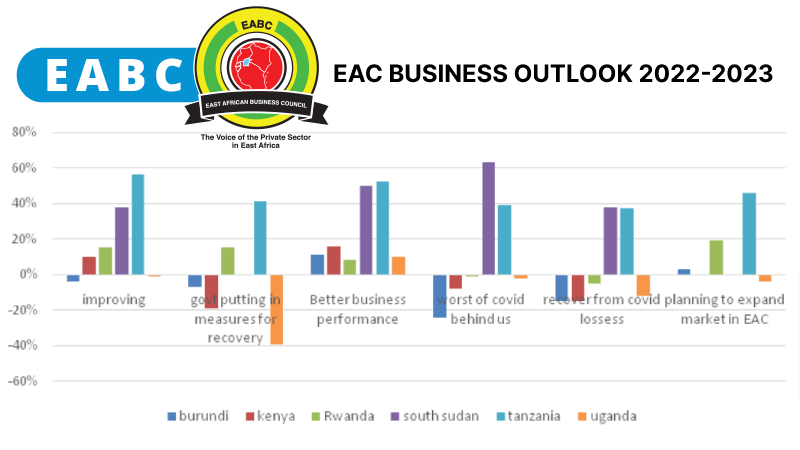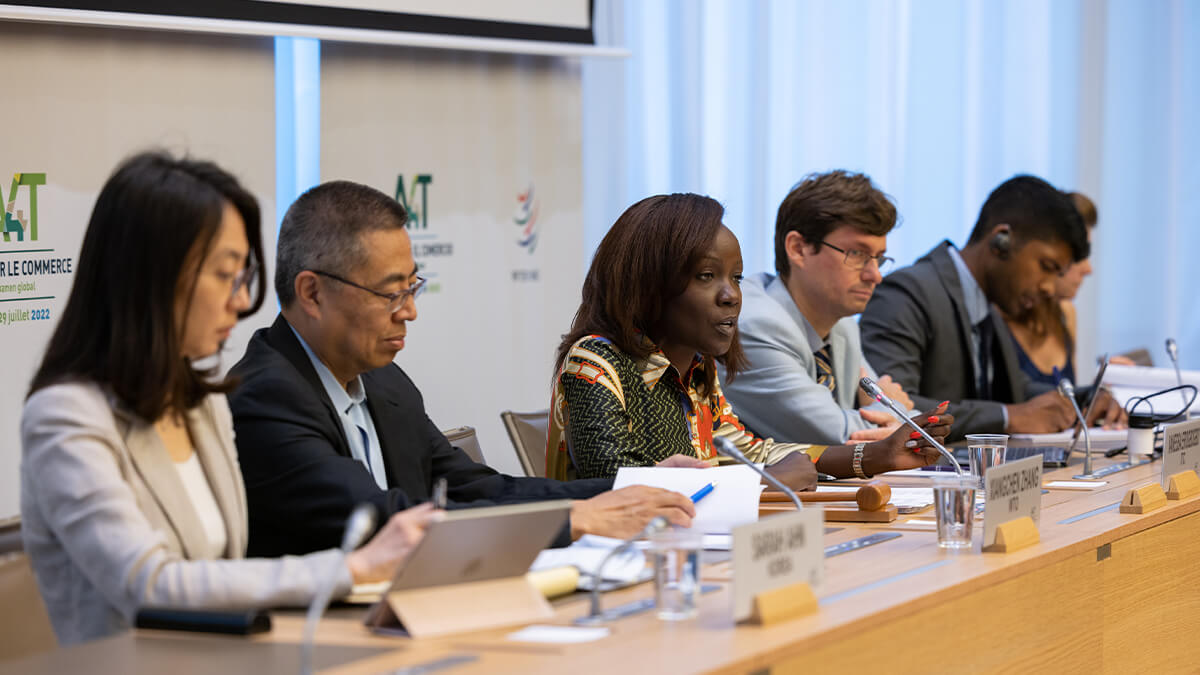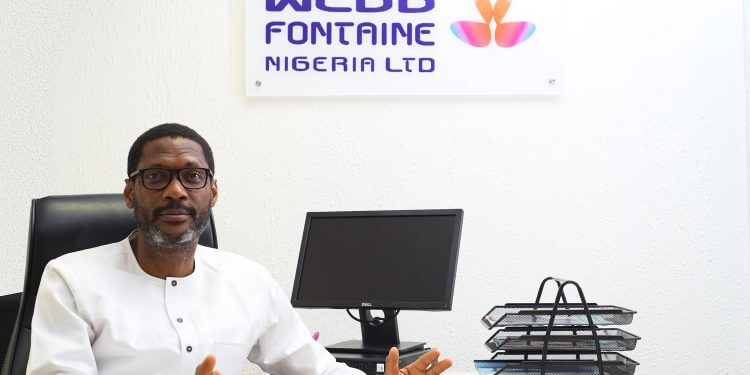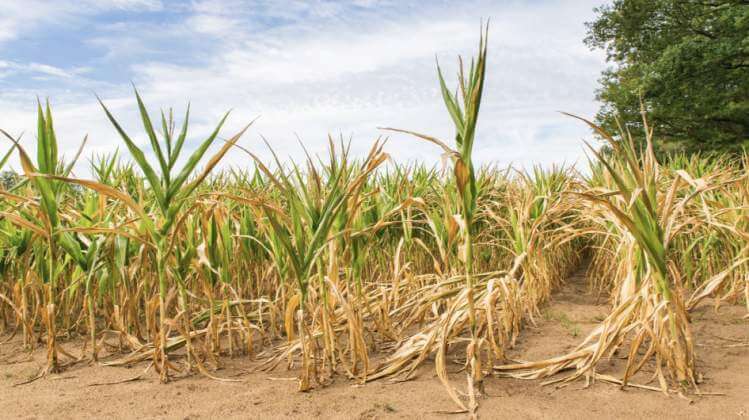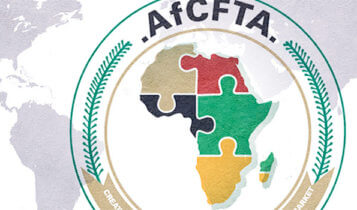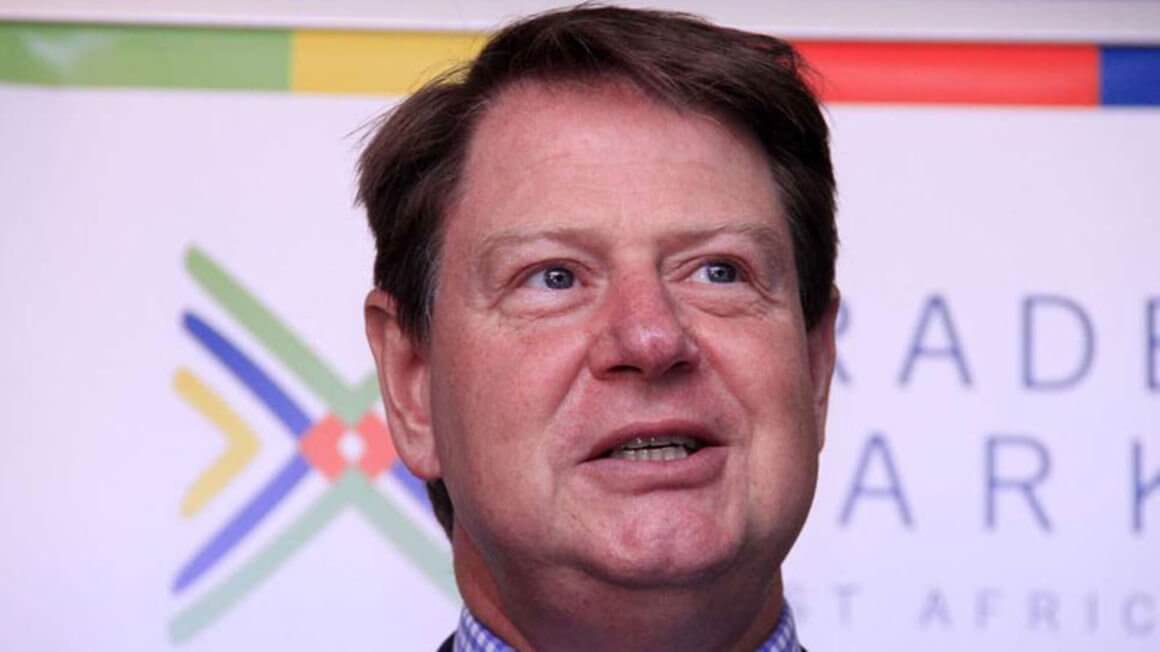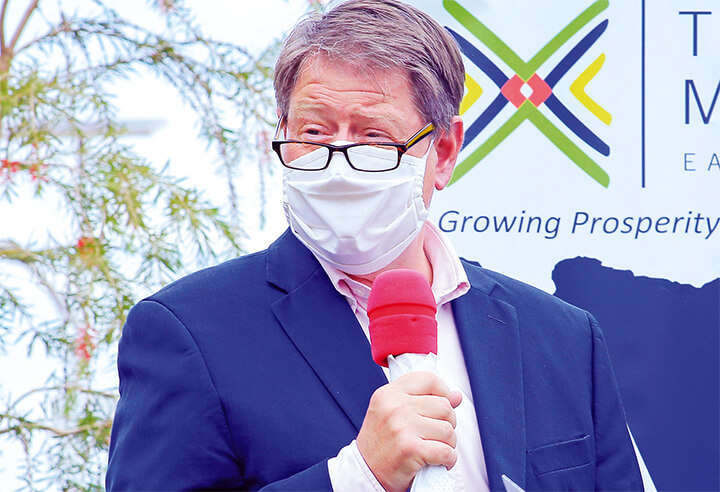The East African Business Council (EABC) just released its Barometer on Business & Investment in the EAC & Outlook 2022/2023, which captures the sentiment of the business stakeholders about how they see the business environment within the EAC. EABC is the apex advocacy body of private sector associations and corporates from the six East African Community (EAC) partner states Burundi, Kenya, Rwanda, South Sudan, Tanzania, Uganda, and DRC. It was established in 1997 to foster the interest of the private sector interests in the EAC integration process with the primary mission of promoting sustainable private sector-driven growth. EABC has Observer Status at the EAC level which offers an avenue for advocating the private sector interests in the EAC integration agenda with a view to promoting a conducive business environment in the region. This year’s EABC barometer shows the rate of investments, operation, and performance of businesses in the EAC bloc is recovering, and business stakeholders are optimistic about business in EAC. Economic Recovery from Covid-19 in EAC The Covid-19 pandemic has had a profound effect on businesses in the East African Community and globally. Some containment measures employed by EAC partner states to curb the pandemic such as curfews and closure of certain businesses negatively affected businesses in various ways. On the other hand, other businesses thrived by taking advantage of the new opportunities provided by the pandemic for instance manufacture of protective equipment, and medical care among others. The economic effect of the pandemic has been a subdued GDP...
Tanzania Businesses Very Optimistic About Growth in East Africa in 2022-2023
Posted on: August 8, 2022
Posted on: August 8, 2022

